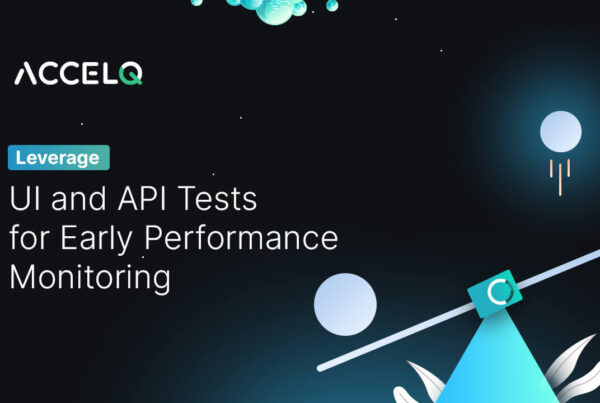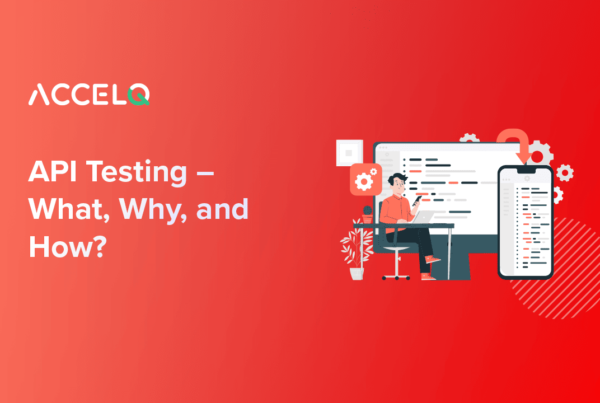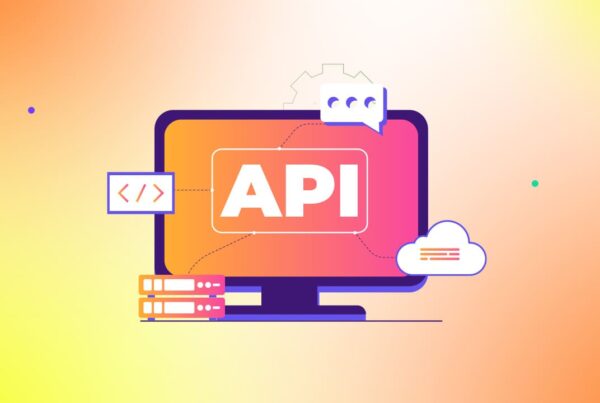How to Test Message Queues, APIs, and Microservices Together?

Microservices aren’t isolated in the distributed architecture. They communicate via APIs and message queues, frequently creating intricate, event-driven systems. This architecture offers flexibility and adaptability, but it also creates additional testing difficulties. How should real-world scenarios be replicated across services?
How can we scrutinize an asynchronous flow triggered by an API that is distributed via a message broker? While testing microservices with APIs and message queues, the specific form of testing, such as unit testing, is not adequate; a comprehensive technique that considers inter-service dependencies, REST endpoints, and message consumers is crucial.
APIs and Microservices: Key Differences
“Microservices” and “API” are two dissimilar concepts used collectively in the development arena. Let us deep dive into this. So, what is the difference between microservices and APIs?
What Is an API?
It is a series of rules or contracts that define how software elements communicate. In the context of microservices, APIs are the interfaces over which services communicate with each other or with customers (for instance, 3rd-party systems or front-end applications).
What Are Microservices?
Microservices are tiny, autonomously deployable services that each manage a distinct business task. They are easily maintained and scalable. The complete app may encompass multiple microservices, each responsible for a distinct function, such as user authentication and inventory management.
The Critical Difference
The difference between API and microservices lies in their traits:
- Microservices—These are the architectural elements, the actual services that run tasks.
- APIs are the communication layer—the technique used by those services to converse with each other.

Why Is Testing Microservices with Message Queues Challenging?
Including message queues like RabbitMQ, SQS, Kafka, etc., makes the test process much more intricate. Unlike synchronous Application Programming Interface (API) calls, message queues operate asynchronously, meaning there’s no instantaneous response presented for validation. This decoupling, while advantageous for resilience and flexibility, makes API and message queue testing exclusively challenging.
Let’s find out why:
- Multiple users: A single message may trigger workflows in distinct solutions.
- No direct reply: You send a message; however, you do not instantaneously know if the consumer processed it properly.
- Time delays: Processing can be overdue, necessitating alertness in managing test timing and retries.
- State management: It is tough to assert app state in event-centric systems.
What is the best way to test microservices, APIs, and message queues together?
How to test APIs and microservices? One of the best ways to test APIs, microservices, and message queues together is by using a layered, end-to-end (E2E) strategy that ensures every element functions individually and as part of the entire system. Let us check out how:
Methodical Approach
1. Commence with Unit Testing
- Test every single microservice in isolation.
- Authenticate internal behavior and business logic without dependencies.
- Use mocks for queue events and API calls.
2. Run API Testing
- Make use of tools such as ACCELQ for testing:
- Bug handling
- Data validation
- HTTP request/response
- Assess REST endpoints of every microservice independently.
3. Message Queue Testing
- Replicate producing and consuming messages via AWS SQS, RabbitMQ, or Kafka.
- Validate:
- Message schema and structure.
- Right consumption by subscribers.
- Queue downstream and trigger effects.
Message queue and API automation testing tools, such as ACCELQ, can help mimic both sides of the communication flow.
4. Contract Testing
- Make use of Spring or Pact Cloud Contract to legalize the agreement between:
- Application Programming Interface (API) providers and consumers.
- Message consumers and producers.
5. E2E Workflow Testing
- Replicate a complete situation:
- Instance: Operator sends an API request → To a queue, an event is published → Another service responds and sends an API call.
- Authorize across services to confirm the chain is complete and data flows as projected.
- Perfect testing tools: ACCELQ.
6. Use CI/CD & Containerized Environments
- Conduct tests in Dockerized environments through TestContainers.
- Automate CI/CD workflows to identify integration issues before they become serious.
What tools help in testing APIs and message queues together?
In advanced distributed architectures, testing microservices with APIs and message queues is crucial for authenticating E2E workflows. These often span asynchronous events, REST APIs, and microservice interactions, all of which need to be tested together to confirm system accuracy.
Let us take a look at standard Microservices testing tools in 2025 that help combine message queues and API validation:
Popular Tools for API & Message Queue Testing
| Tool | Best For | Supports | Code-Free | Notable Features |
|---|---|---|---|---|
| ACCELQ | Unified Message Queue + API Testing. | Kafka, RabbitMQ, and REST APIs. | Yes | AI-centric test design, codeless E2E testing, and CI/CD integration. |
| Postman | Automated and manual API testing. | REST APIs | Yes | Collections examines via Newman CLI. |
| Karate | BDD-style Application Programming | Kafka, SOAP, and REST. | No | Performance + API + UI testing in one. |
| Pact | Consumer-centric contract testing. | Kafka, AMQP, and REST APIs. | No | Contract testing with schema authentication. |
| Citrus | Integration testing for messaging and APIs. | MQTT, JMS, HTTP, and Kafka. | No | Complicated orchestration testing. |
| TestContainers | Spinning up containerized test environments. | RabbitMQ, REST APIs, and Kafka. | No | Docker-centric ephemeral test environments. |
| MockServer | Partial MQ + API mocking simulation. | REST, proxy queues (restricted MQ backup) | No | Robust request verification, proxying, & stubbing. |
ACCELQ stands out by providing a no-code automation testing platform that smoothly integrates message queue and API testing, perfect for agile teams testing complicated microservices with minimal configuration.
Sample: Real-World Use Case
Situation: User Signup Triggers Microservices via Message Queue and API
Let us walk through a normal event-driven architecture situation where testing microservices with APIs and message queues plays a pivotal role:
Flow Outline:
- The user submits a signup request through the frontend.
- The Auth Service manages the Application Programming Interface (API) request and generates the user profile.
- An event is published to the Message Queue (MQ) by the Author Service.
- After hearing the MQ, the Notification Service emails a verification.
- Another microservice updates user records concurrently by contacting a CRM API.
Testing Focus Areas:
- Message Queue Test: Authorize the accurate event to be issued with the projected payload.
- API Testing: Authorize the Auth Service’s initial /signup POST request and response.
- Consumer Testing: Check that the event is appropriately received and processed by the Notification Service.
- Chained API Call Testing: Verify that the CRM service is activated and that it gets the correct information.
- E2E Validation: Simulate the final user status in the CRM and notification logs, and model the entire process.
This example highlights the significance of blending API and message queue testing to confirm that each section of the microservices chain functions appropriately and consistently.
Conclusion
Testing is both tricky and essential in a realm of distributed systems, where services rely on message queues and APIs to maintain sync. However, experts can guarantee consistency at every stage with the proper approach, like E2E scenarios, layered testing, contract validation, and standard tools like ACCELQ.
Whether you’re handling five hundred or five services, a perfectly tested system builds trust across your entire organization, not just in the software.
Make an early investment in intelligent testing, then scale with assurance. Click ACCELQ Contact us to get in touch with us right now.
Yuvarani Elankumaran
Technical Consultant at ACCELQ
Yuvarani Elankumaran is a highly skilled technical consultant at ACCELQ. With over a decade of experience in the field of Test Automation, Yuvarani is a seasoned professional who is well-versed in a variety of programming languages and automation frameworks.
You Might Also Like:
 Leverage UI and API Tests for Early Performance Monitoring
Leverage UI and API Tests for Early Performance Monitoring
Leverage UI and API Tests for Early Performance Monitoring
 API Testing: Benefits, Challenges, & Best Practices for 2025
API Testing: Benefits, Challenges, & Best Practices for 2025
API Testing: Benefits, Challenges, & Best Practices for 2025
 What are Mocking and Stubbing in API Testing? A Beginner’s Guide
What are Mocking and Stubbing in API Testing? A Beginner’s Guide

































